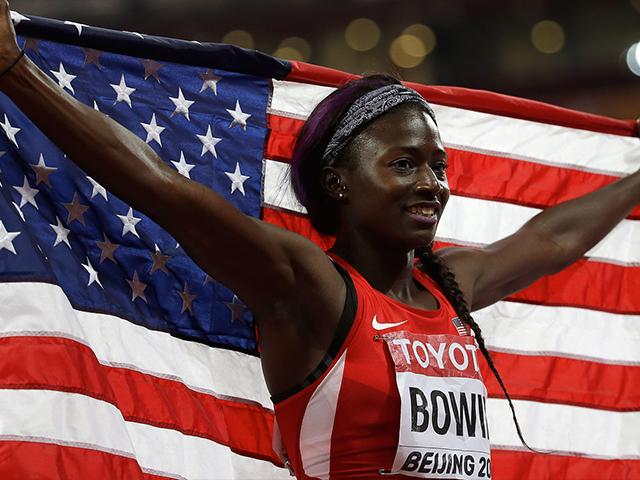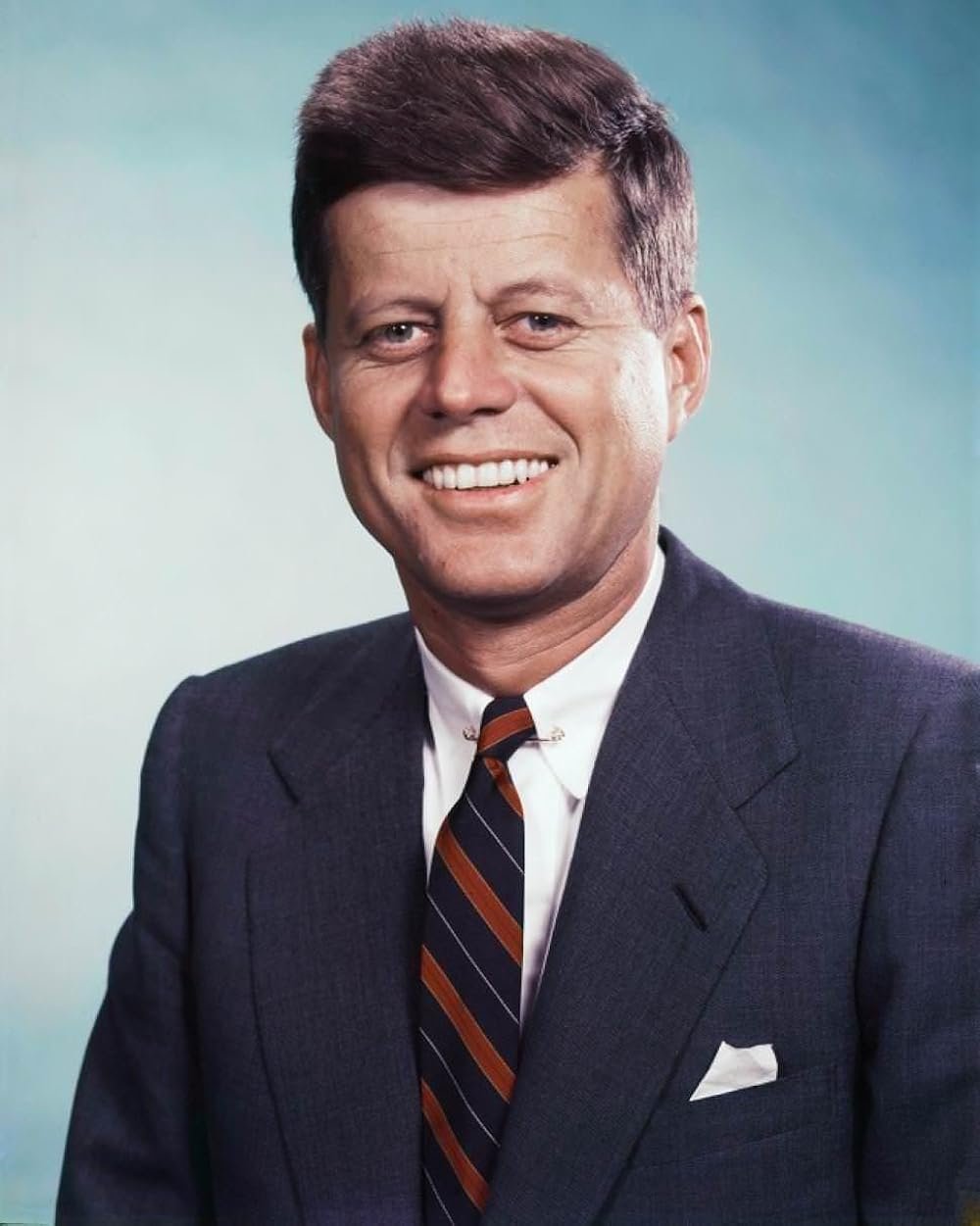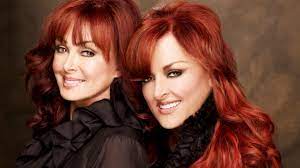Last Updated on June 29, 2024 by
Biographies and autobiographies are two fold major types of literature that portray the life expectancy and understandings of individuals. Although both share the important theme of bestowing a person’s life story, moreover, there are outstanding differences among the two systems of literature. emphasizing these differences is critical in selection readers discriminate between the two and increase in value their unique physiognomies. In this Article, we will sightsee the “differences between biography and autobiography” including their definitions, explanations, characteristics, classification and examples. We will likewise highlight the comparisons and similarities among the two genres and underline the position of understanding these similarities and differences. In the end of this Article, readers like you will have a well and clear understanding of the separate features of “biographies and autobiographies” and be able to differentiate between them.
Table of Contents
Importance of Understanding the differences between between Biography and Autobiography
Understanding the differences between biography and autobiography is significant for quite a lot of reasons.
Firstly, it helps readers, students and you to distinguish between the two categories and hand-picked the appropriate one for their reading interests and benefits. Biographies are characteristically written by authors who are thereby not the subject of the book, while autobiographies are written by the subject or authors themselves. Knowing this difference can help person who reads decide if they want to read a book that is more objective and impartial, or one that bids a more personal and particular perspective.
Additionally, considering the “differences between biography and autobiography” can provide visions into the author’s motives and reasons for in scripting the book. Biographies are often written to afford a comprehensive, inclusive and unbiased interpretation of a person’s life, while autobiographies may be written for personal reasons, such as to tell a persuasive story or to gain acknowledgement for their achievements. Knowing these differences can help readers better understand and appreciate the author’s intentions, aims and motivations.
Also, it can also aid in critical investigation and assessment of the text. Biographies are often written with a focus on antique and social contexts, and may include a wide range of sources to support their claims. On the other-hand, autobiographies may take a more restricted scope and be based principally on individual experience and memory. Understanding these differences and alterations can help readers evaluate the dependability and credibility of the data presented in the text.
Moreover, its essential for readers to increase in value the unique characteristics of each field and make knowledgeable decisions about their reading preferences. It can also provide perceptions into the author’s purposes and motivations, and aid in critical scrutiny and evaluation of the text.
Meaning of Biography
A biography is a written justification of a person’s life, classically written by an author who is not the subject of the book. The purpose of a biography is to offer an objective and all-inclusive description of a person’s life, as well as their personal background, substantial achievements, and prominent events.
Characteristics of Biography
The following are some communal characteristics of biographies:
- Objective: Biographies are classically written from a third-person point of sight and aim to provide an objective and unbiassed account of a person’s life. The author’s sentiments or opinions and biases should not affect the depiction of the subject.
- Comprehensive: Biographies offers a wide range of subjects, topics and events in a person’s life, including their personal background, awards, career, education, and momentous achievements.
- Use of sources: Biographies often depend on on a variation of sources, such as letters, interviews, and documents, to support the author’s entitlements and provide a accurate basis for the narrative.
- Historical and cultural context: Biographies often provide visions into the historical and cultural backgrounds in which the subject existed and worked.
Some examples of well-known biographies include:
“The Immortal Life of Henrietta Lacks” by Rebecca Skloot: A biography of an African American woman whose cancer cells were castoff without her knowledge for medical research, which discovers the ethical and social insinuations of her story.
“Steve Jobs” by Walter Isaacson: A biography of the co-founder of Apple, which provides an in-depth account of Jobs’ personal and professional life, as well as his role in the development of vicious products like the iPod and iPhone.
“Becoming” by Michelle Obama: A memoir that also roles as a biography, relating the former First Lady’s Early Life, Career, education, and experiences in public life.
Meaning of Autobiography
An autobiography is a written account or justification of a person’s life, narrated by the subject or author’s themselves. Autobiographies are regularly used to offer a personal and independent perspective on a person’s life, knowledges, and beliefs.
Characteristics of Autobiography
Here are some shared characteristics of autobiographies:
- Subjective: Autobiographies are characteristically written in the first person opinion of view reflecting the subject’s individual perspective on their lifestyle and experiences.
- Memory-based: Autobiographies are often grounded on the subject’s memory and reminiscence of events, and may not always be totally accurate or reliable.
- Personal: Autobiographies concentrate on the subject’s personal knowledges, emotional state, and beliefs, thereby may not cover all aspects of their life or be as comprehensive as a biography.
- Reflective: Autobiographies also often include the subject’s likenesses on their life experiences, and may sometime sightsee themes such as individual growth, identity, and values.
Examples of Autobiography
Some examples of well-known autobiographies include:
- “The Diary of a Young Girl” by Anne Frank: An account of a young Jewish girl’s involvements during “World War II”, which provides a individual and reflective perspective on the Holocaust.
- “I Know Why the Caged Bird Sings” by Maya Angelou: An autobiography that reconnoiters the author’s experiences budding-up as a black woman in the southern United States, and her scuffles with racism and trauma.
- “Long Walk to Freedom” by Nelson Mandela: An account of the South African anti-apartheid revolutionary’s life and political activism, which provides a personal perception on the fight for racial fairness in South Africa.
Differences between Biography and Autobiography
- Point of View
One of the key differences between biography and autobiography is the point of view after which the story is expressed. Biographies are typically inscribed in the third-person point of view, with an unbiased narrator effecting the story of the subject’s life. While on the other hand, autobiographies are written in the first-person point of view, with the focus themselves relating their own story.
- Objective and Subjective
Another key difference between biography and autobiography is the side by side level of objectivity or subjectivity presenting the text. Biographies purpose to deliver an objective and independent account of the subject’s life, while autobiographies are regularly more subjective and personal, reflecting the author’s own experiences, emotional state, and beliefs.
- Reliability
Because biographies are written by an author who is not the subject of the book, they often rely on a wide assortment of sources to support their entitlements and provide a realistic basis for the narrative. This can make biographies more dependable and credible than autobiographies, which are often based exclusively on the subject’s memory and memory of events, which may not always be totally accurate or reliable.
- Purpose
Biographies and autobiographies often have diverse purposes. Biographies are typically inscribed to provide an objective and comprehensive account of a person’s life, while autobiographies may be written for personal motives, such as to tell a convincing story, share an exclusive perspective, or gain gratitude for their achievements.
- Examples
Examples of biographies include “Steve Jobs” by Walter Isaacson, “The Immortal Life of Henrietta Lacks” by Rebecca Skloot, and “Einstein: His Life and Universe” by Walter Isaacson. Examples of autobiographies include “The Diary of a Young Girl” by Anne Frank, “I Know Why the Caged Bird Sings” by Maya Angelou, and “The Autobiography of Malcolm X” by Malcolm X and Alex Hale as seen on each Examples stated earlier.
Similarities between Biography and Autobiography
- Use of facts
Both biographies and autobiographies rely heavily on facts to portray the life of the subject. In biographies, the author conducts research to fold information about the individual’s life, together with their background and accomplishments. The author then grants this data in a factual and objective manner, using reliable sources to confirm accuracy. Similarly, in autobiographies, the author depend on on their memory and experiences to write their life story. While autobiographies may contain more subjective fundamentals, they still rely on accurate information to provide background and accuracy.
- Focus on life events
Another similarity between biographies and autobiographies is their focus on life events. Both genres stereotypically highlight significant events in the life of the subject, such as important accomplishments, personal struggles, and important moments. These events often serve as the basis for the narrative, consenting readers to gain insight into the subject’s character, inspirations, and perspectives. Whether it’s a biography of a antique figure or an biography of a celebrity, readers are drawn to the life events that formed the person’s identity.
- Connection to historical events
Both biographies and autobiographies often offer a connection to historical events. Biographies may include information approximately the cultural or historical context in which the subject lived, provided that insight into the time period and the individual’s impact on society. Similarly, autobiographies may touch on historical events that the author knowledgeable firsthand, providing a personal viewpoint on these events. By providing a link to historical events, both genres can offer readers a deeper sympathetic of the subject and the world in which they lived.
Here we finally say that the notable differences between biographies and autobiographies, they share numerous key similarities. Both rely on truthful information, focus on life events, and deliver a connection to historical events. Thereby Considering these similarities and differences is crucial in appreciating the single contributions of each genre and gaining a deeper understanding of the persons and events they depict.
Read More on Biography2me.org
Jacob deGrom Biography, Age, Early Life, Career, Height & weight









